When you first start out in home canning, all you need are tested recipes and directions from reputable sources in order to produce high-quality, delicious preserves at home.
That can be all you ever need, with the proviso that you check once in a while that the directions you are following have not been updated.
That being said, there are several concepts or “principles” behind home canning that many people like to know, or understand, as time goes on. They feel that it helps to make them a better home canner.
-
1
Articles
- 1.1 Acidifying tomatoes for safe home canning
- 1.2 Acidity / low pH is what makes water bath canning safe
- 1.3 Acidity of water and vinegar combinations in home canning
- 1.4 Adjusting batch size in home canning
- 1.5 Altitude and home canning
- 1.6 Bacterial Load
- 1.7 Canning on Glass and Induction Stove Tops
- 1.8 Canning on hot plates or portable burners
- 1.9 Creative home canning
- 1.10 Crisping Pickles
- 1.11 Crushing (aka mashing) fruit
- 1.12 Debubbling jars in home canning
- 1.13 Don't tilt your canning jars
- 1.14 Fat and oil in home canning
- 1.15 Flat Sour
- 1.16 Heating patterns inside jars
- 1.17 Heirloom tomatoes: were they really more acidic?
- 1.18 Home Canning Fruit
- 1.19 Approximate Yields for Canned Fruits
- 1.20 Canning liquids for fruit
- 1.21 Home canning fruit sugar-free
- 1.22 Home-canning low-acid fruits
- 1.23 Home-canned Jelly
- 1.24 How to jazz up your pressure-canned vegetables
- 1.25 Just how nutritious are home canned foods?
- 1.26 Labelling home-canned goods
- 1.27 Loss of liquid during home canning
- 1.28 Low-Temperature Pasteurization Treatment
- 1.29 Miscellaneous information about home canned pickles
- 1.30 Pack types for home canning
- 1.31 pH's role in home canning
- 1.32 Pickling versus slicing cucumbers
- 1.33 Safety margins in home canning recipes
- 1.34 Smarter sweet choices for your home canning
- 1.35 Stacking canning jars in storage
- 1.36 Sterilizing canning lids & jars
- 1.37 Store your home canned food without the canning rings
- 1.38 Sugar and salt-free canning
- 1.39 Sugar-free jams and marmalades
- 1.40 Sugar's role in home canning
- 1.41 The role of headspace in home canning
- 1.42 The role of salt in home canning
- 1.43 Using zucchini instead of cucumbers for pickling
- 1.44 Wash your jars of canned goods before storage
- 1.45 Water Activity
- 1.46 What does processing time mean in home canning?
- 1.47 What is the 50 / 50 rule in pickling?
- 1.48 What is the definition of home canning?
- 1.49 What is the shelf life of home canned goods?
- 1.50 What the heck does fingertip tight actually mean?
- 1.51 Why do some tomato products need acidification but not others?
- 1.52 Why would a canning jar lose its seal?
- 1.53 Why you have to peel some vegetables and fruit for home canning
Articles
Acidifying tomatoes for safe home canning
Acidity / low pH is what makes water bath canning safe
Acidity of water and vinegar combinations in home canning
Adjusting batch size in home canning
Altitude and home canning
Bacterial Load
Canning on Glass and Induction Stove Tops
Canning on hot plates or portable burners
Creative home canning
Crisping Pickles
Crushing (aka mashing) fruit
Debubbling jars in home canning
Don't tilt your canning jars
Fat and oil in home canning
Flat Sour
Heating patterns inside jars
Heirloom tomatoes: were they really more acidic?
Home Canning Fruit
Approximate Yields for Canned Fruits
Canning liquids for fruit
Home canning fruit sugar-free
Home-canning low-acid fruits
Home-canned Jelly
How to jazz up your pressure-canned vegetables
Just how nutritious are home canned foods?
Labelling home-canned goods
Loss of liquid during home canning
Low-Temperature Pasteurization Treatment
Miscellaneous information about home canned pickles
Pack types for home canning
pH's role in home canning
Pickling versus slicing cucumbers
Safety margins in home canning recipes
Smarter sweet choices for your home canning
Stacking canning jars in storage
Sterilizing canning lids & jars
Store your home canned food without the canning rings
Sugar and salt-free canning
Sugar-free jams and marmalades
Sugar's role in home canning
The role of headspace in home canning
The role of salt in home canning
Using zucchini instead of cucumbers for pickling
Wash your jars of canned goods before storage
Water Activity
What does processing time mean in home canning?
What is the 50 / 50 rule in pickling?
What is the definition of home canning?
What is the shelf life of home canned goods?
What the heck does fingertip tight actually mean?
Why do some tomato products need acidification but not others?
Why would a canning jar lose its seal?
Why you have to peel some vegetables and fruit for home canning

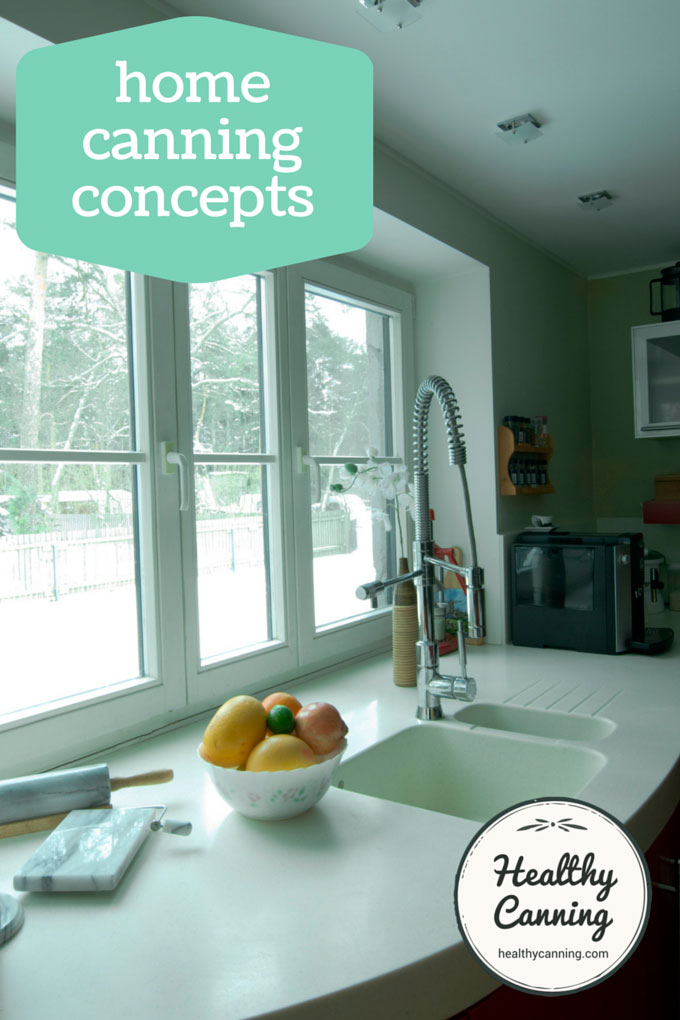
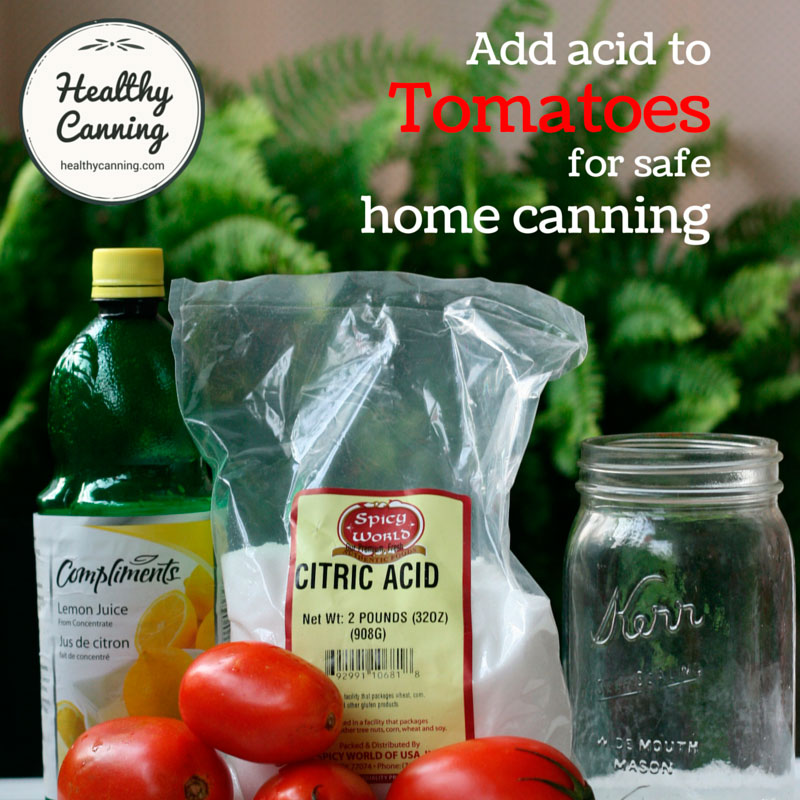
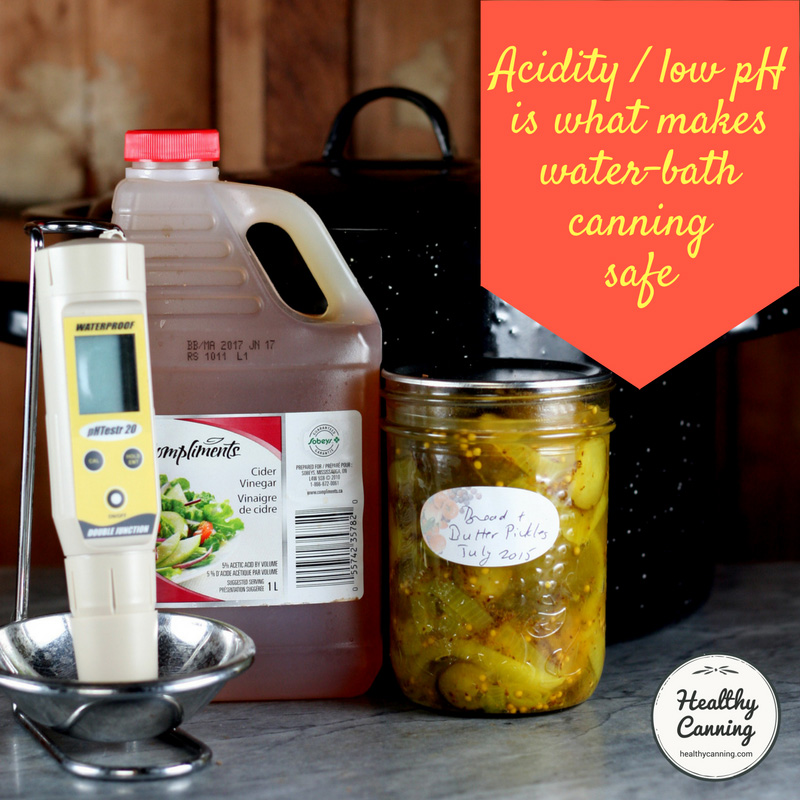
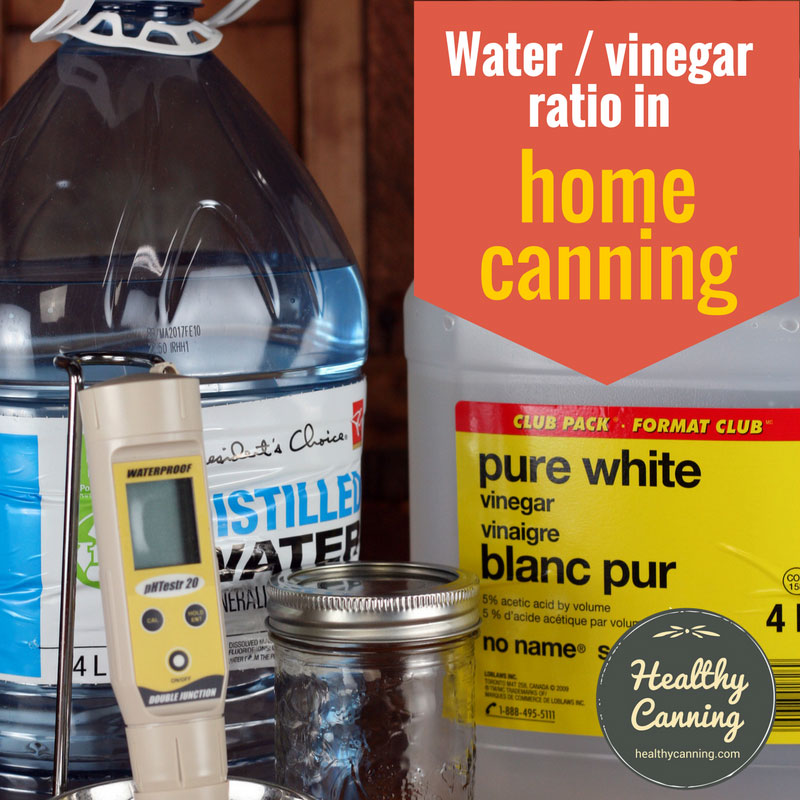
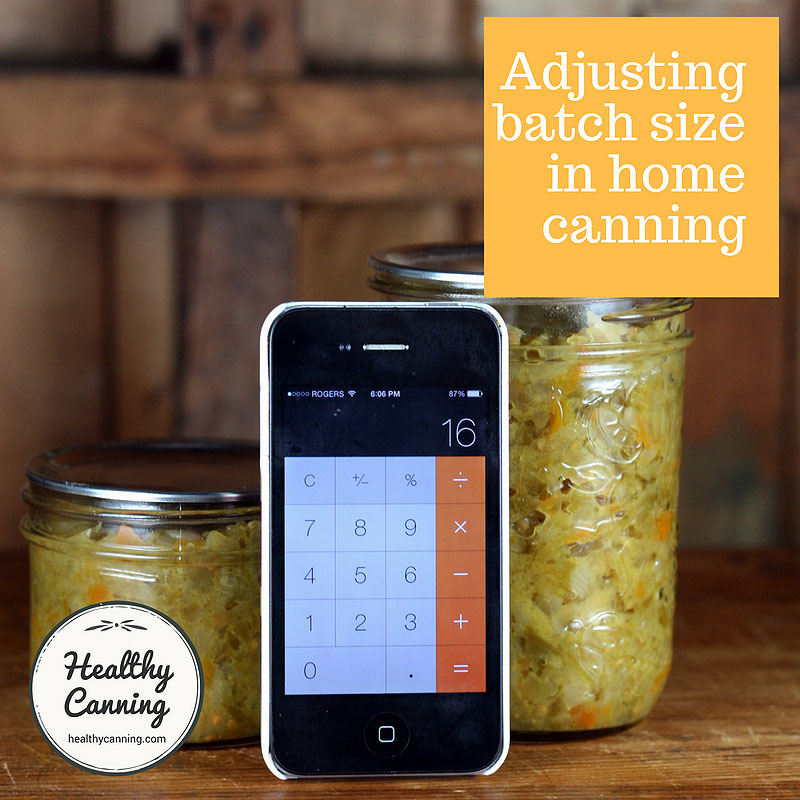

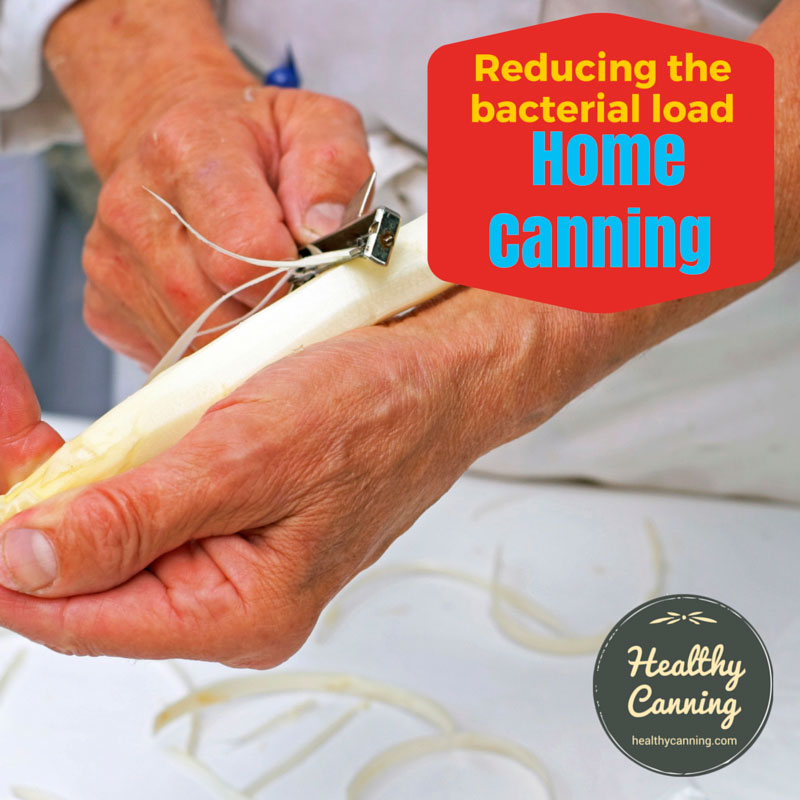
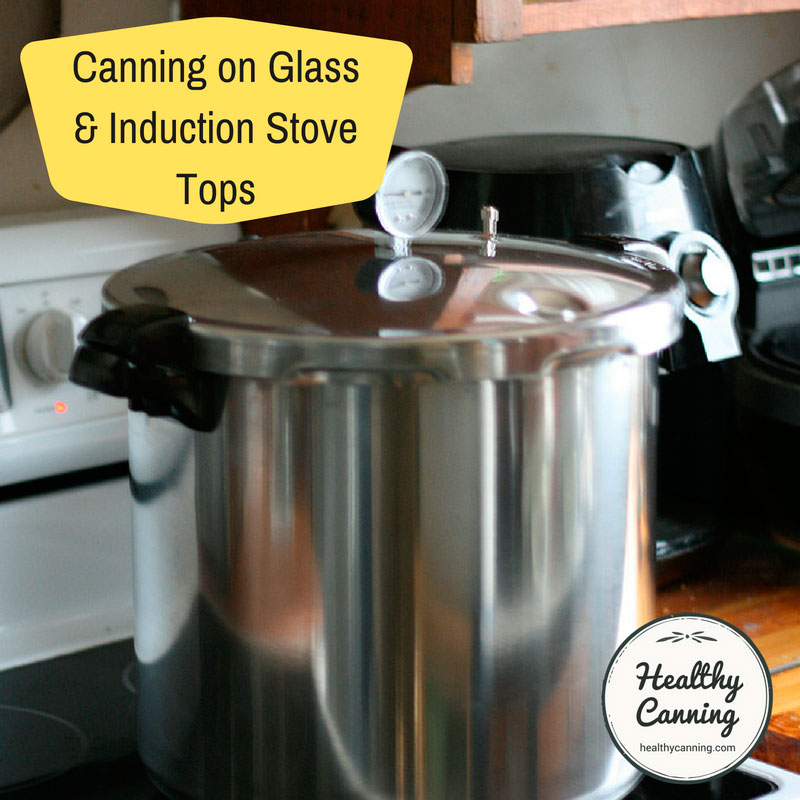
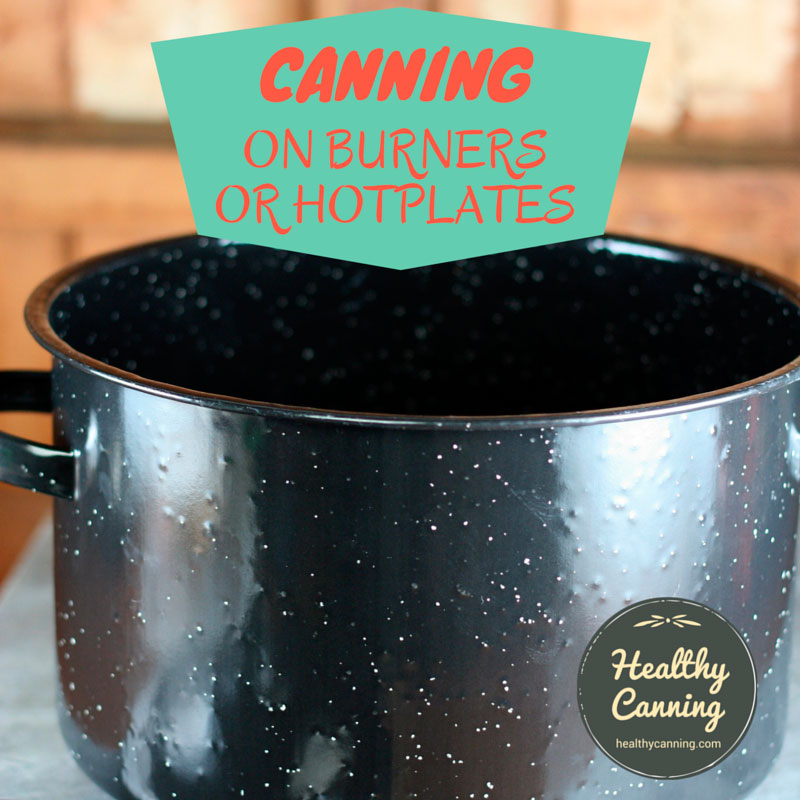
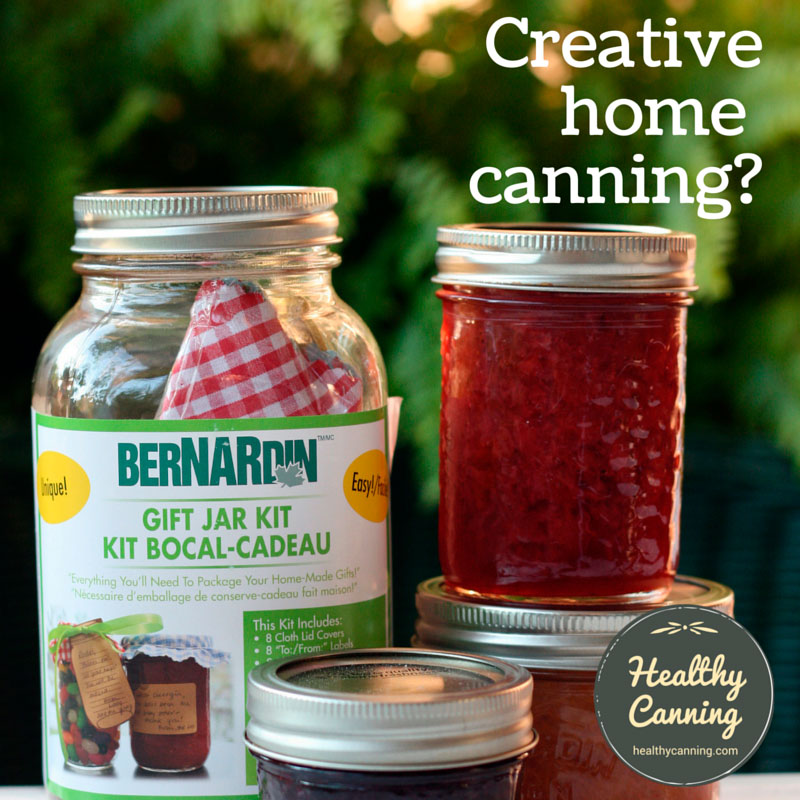
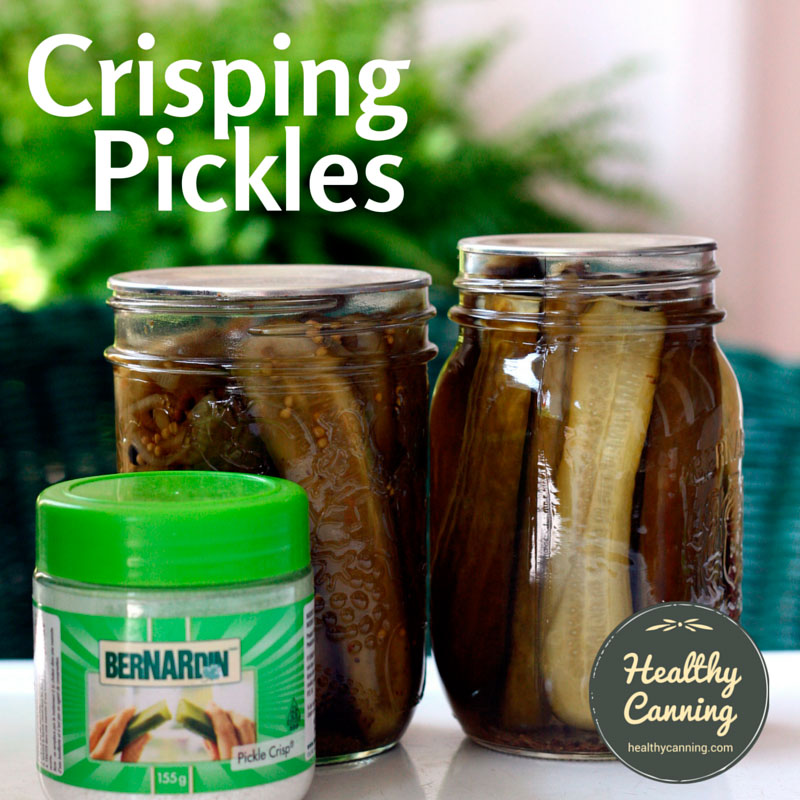
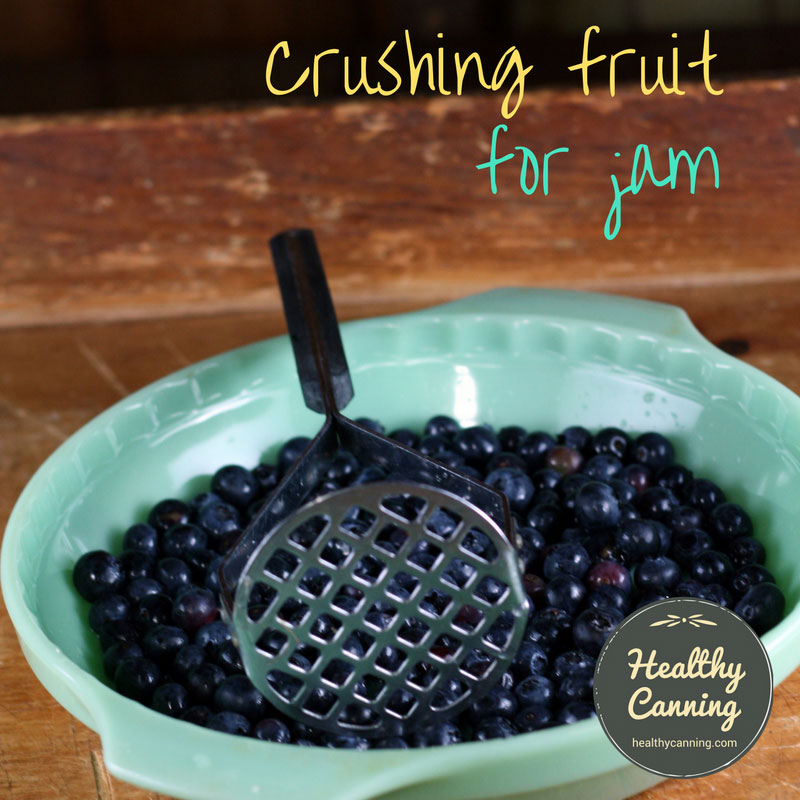
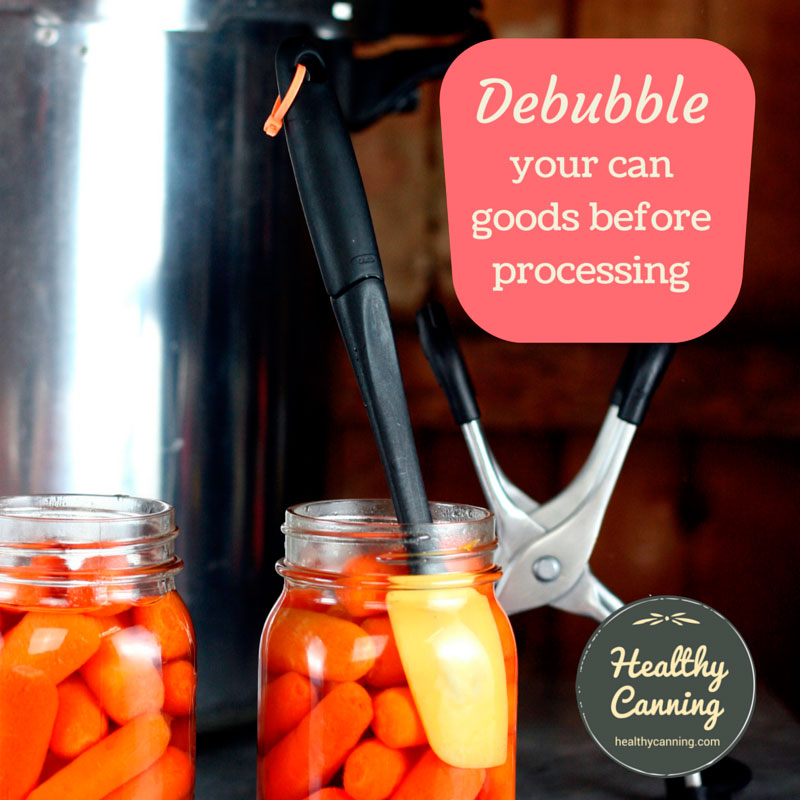
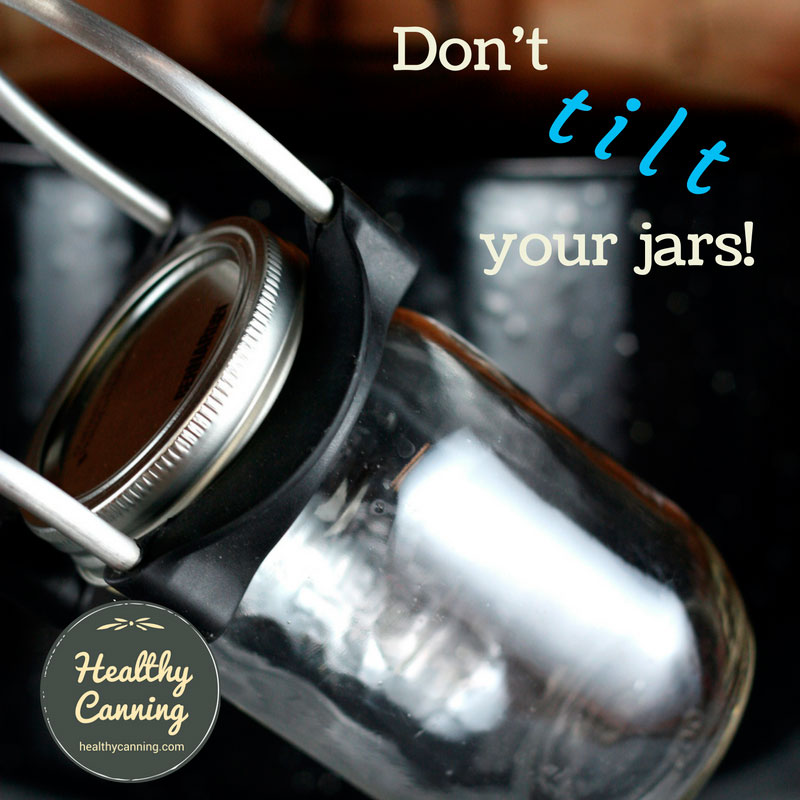

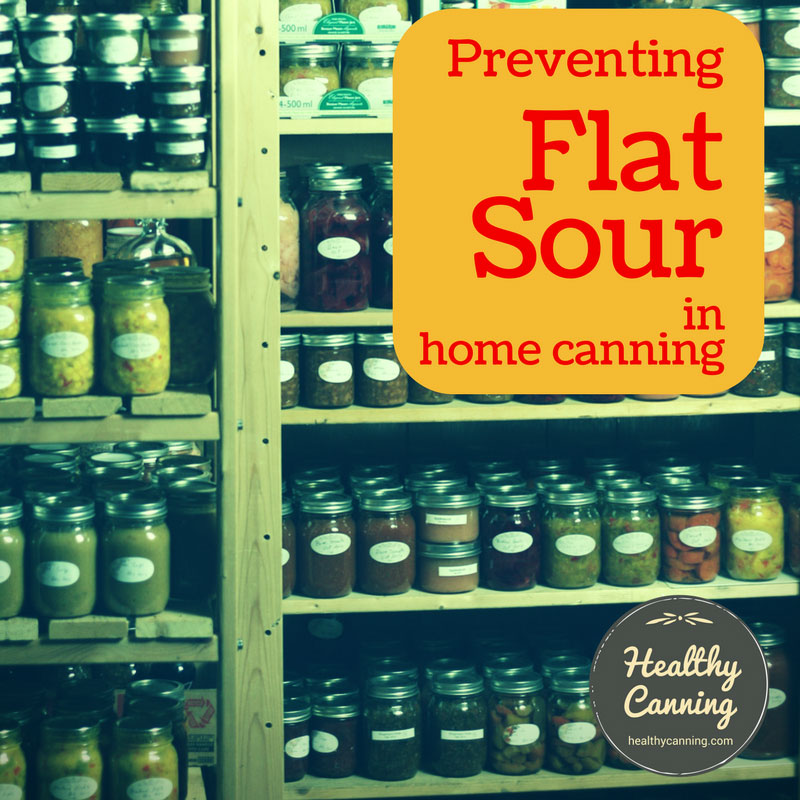
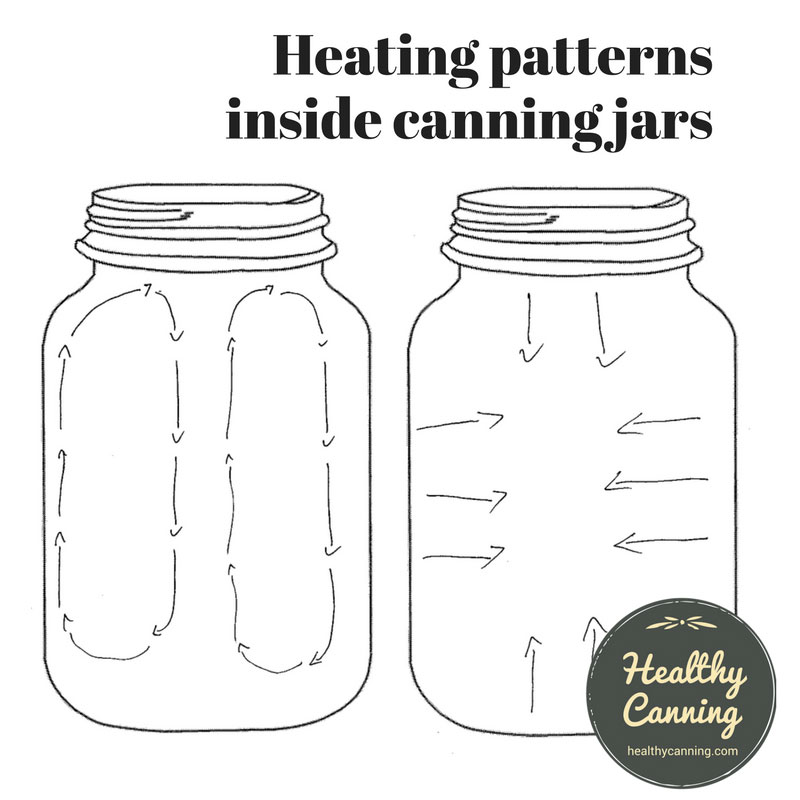
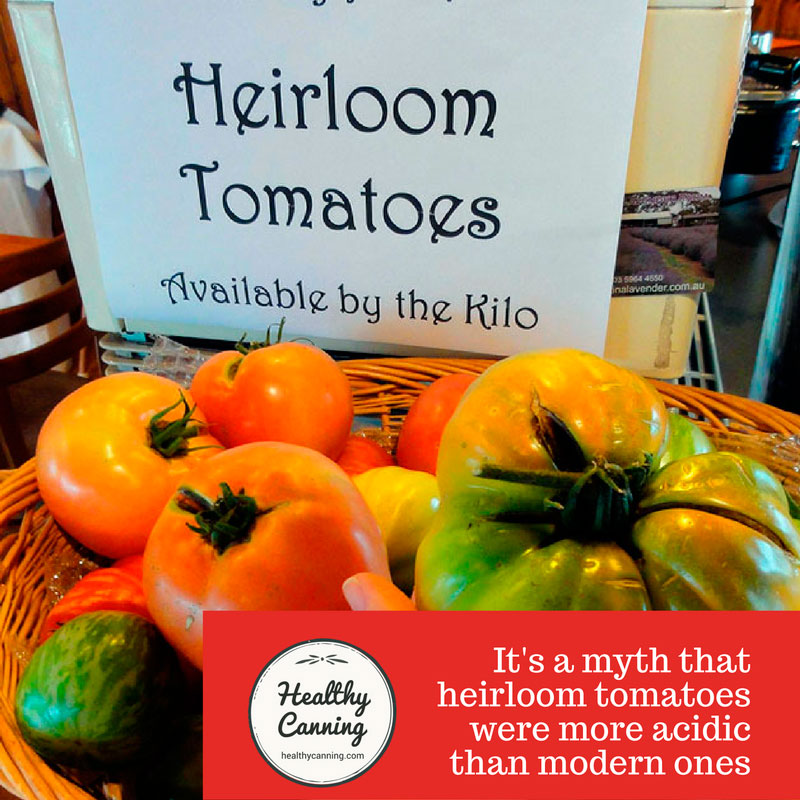
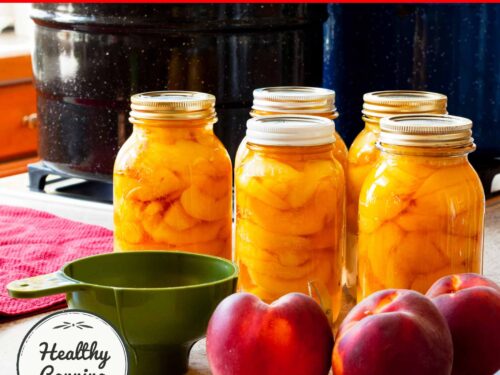
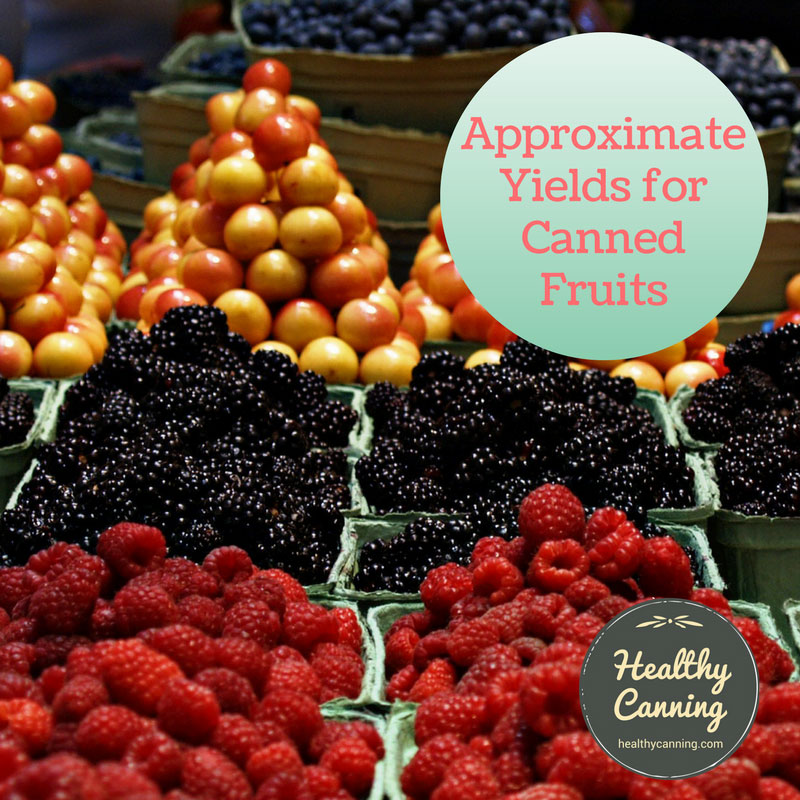

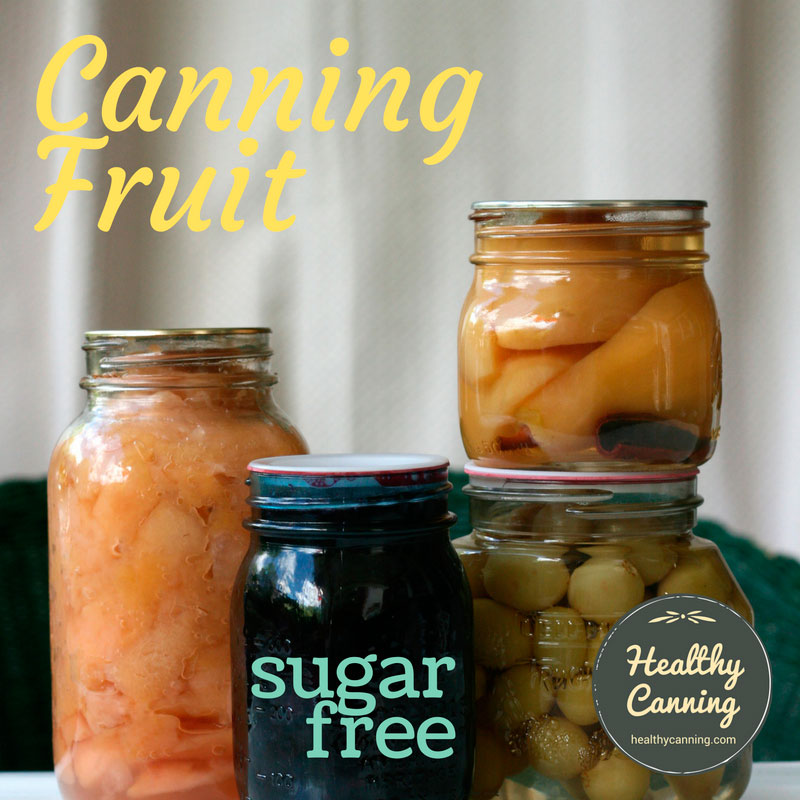
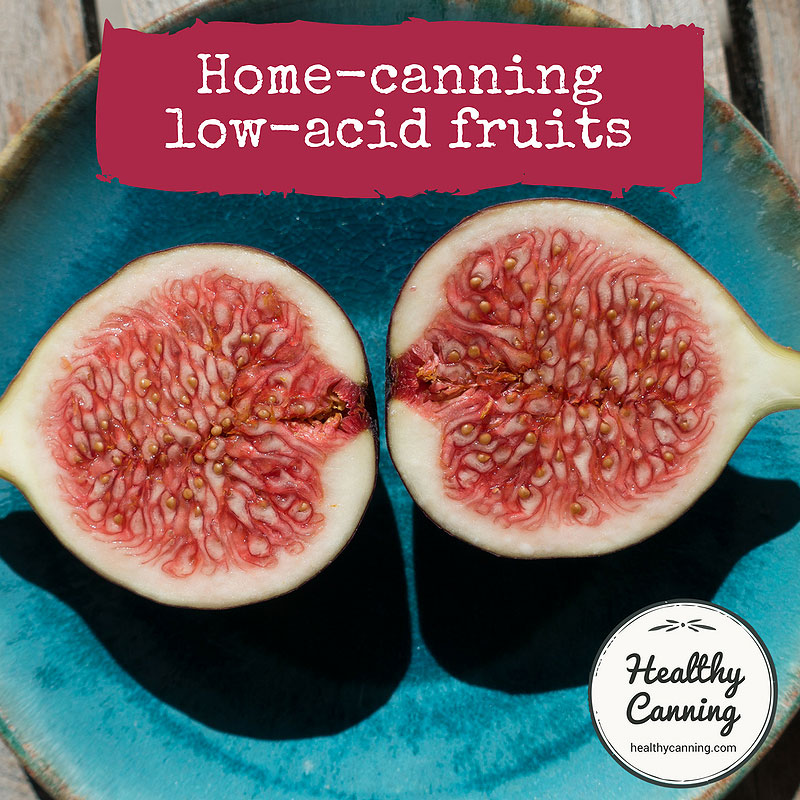
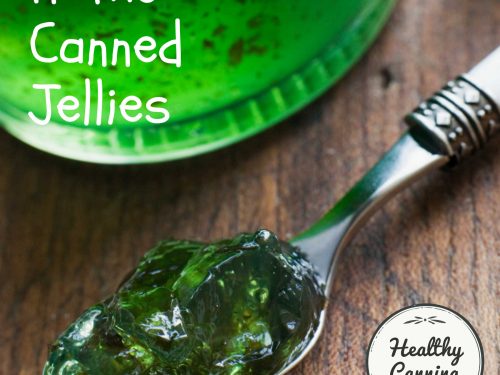
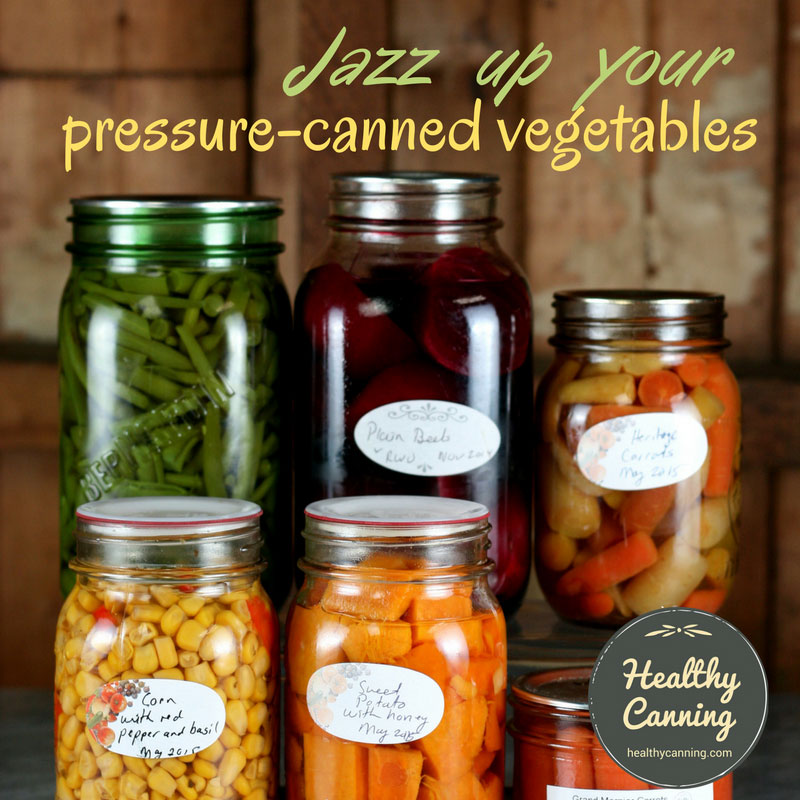

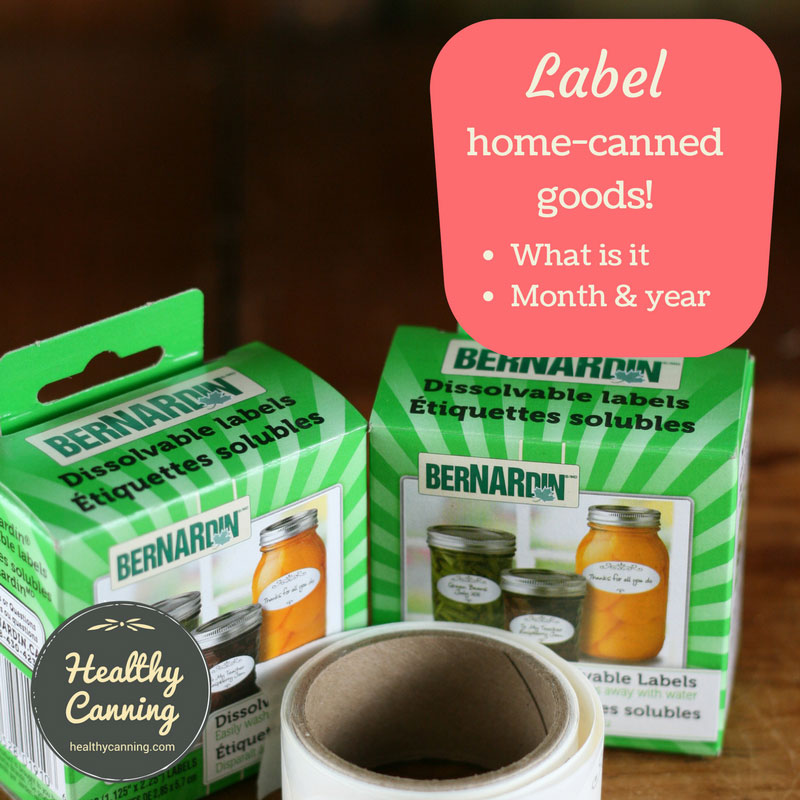
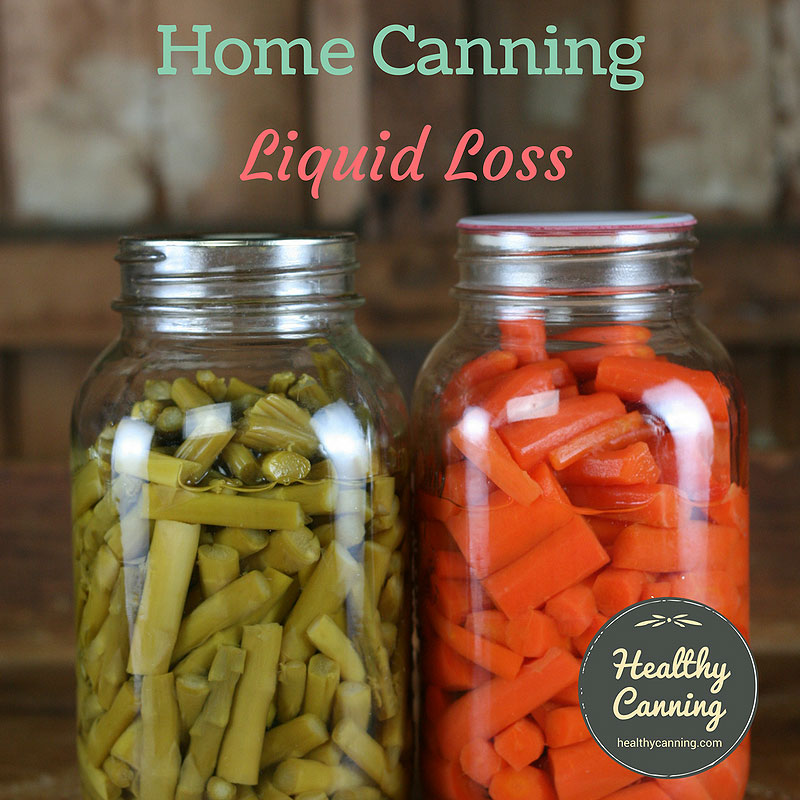
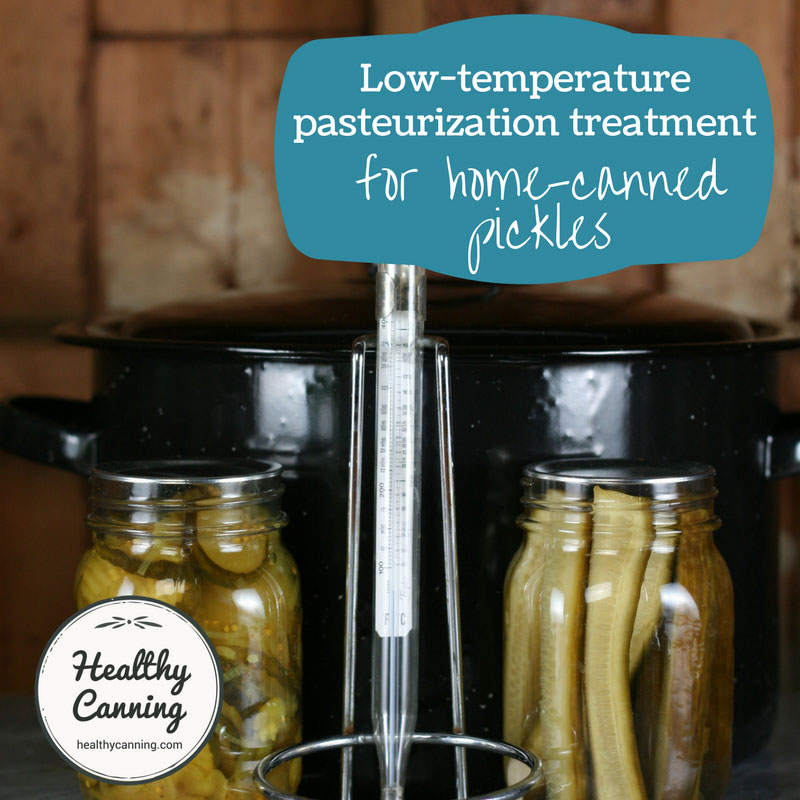
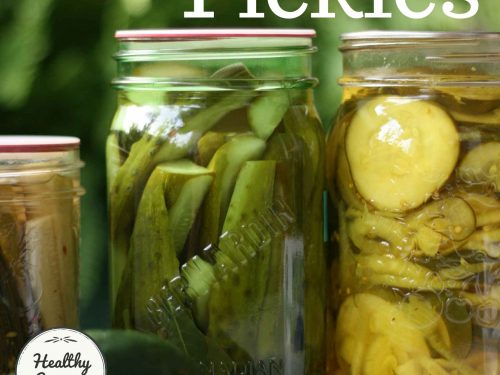
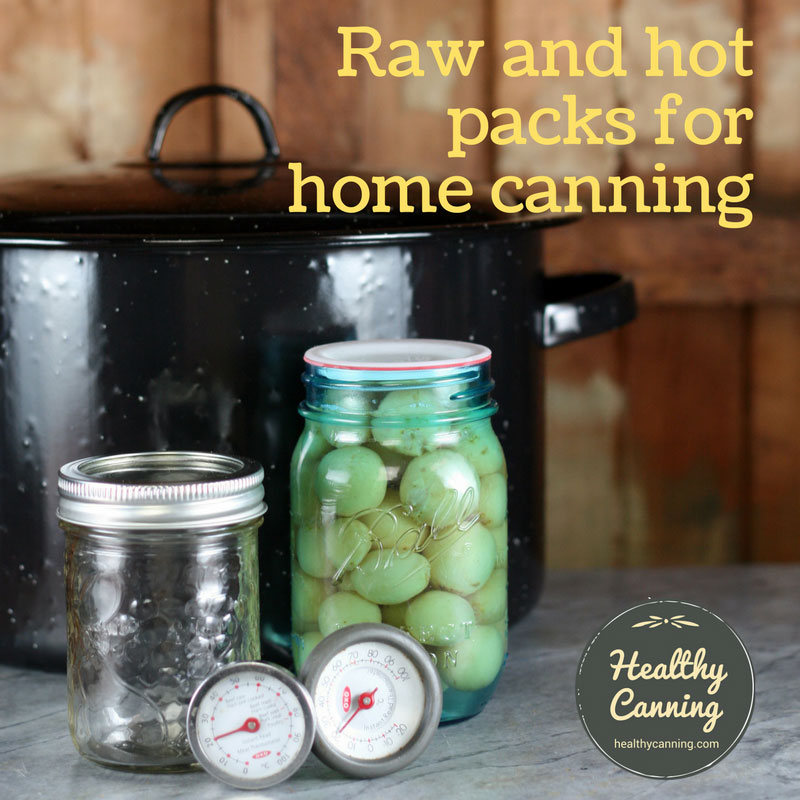
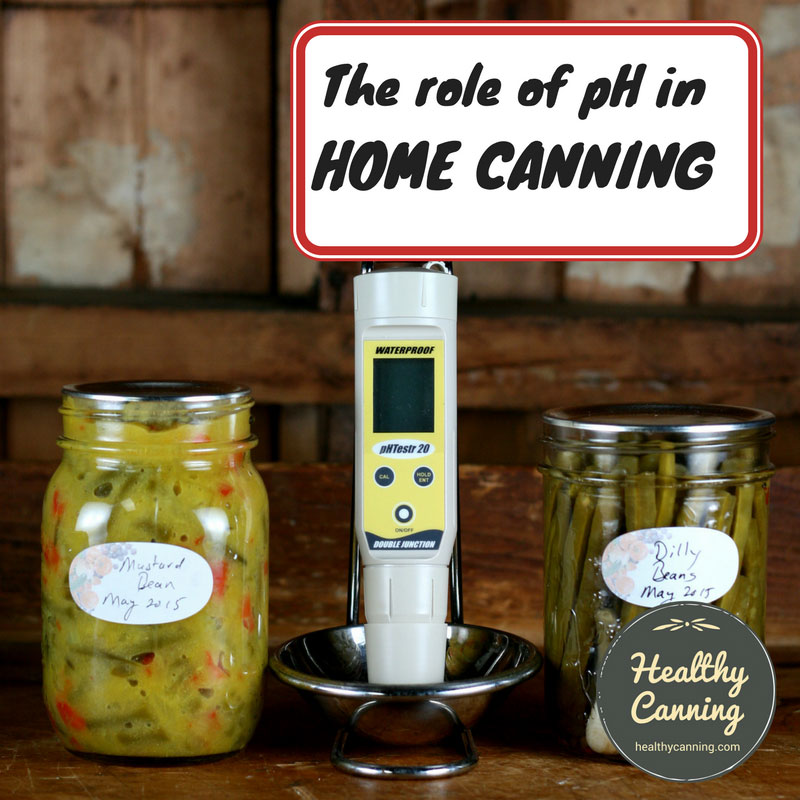
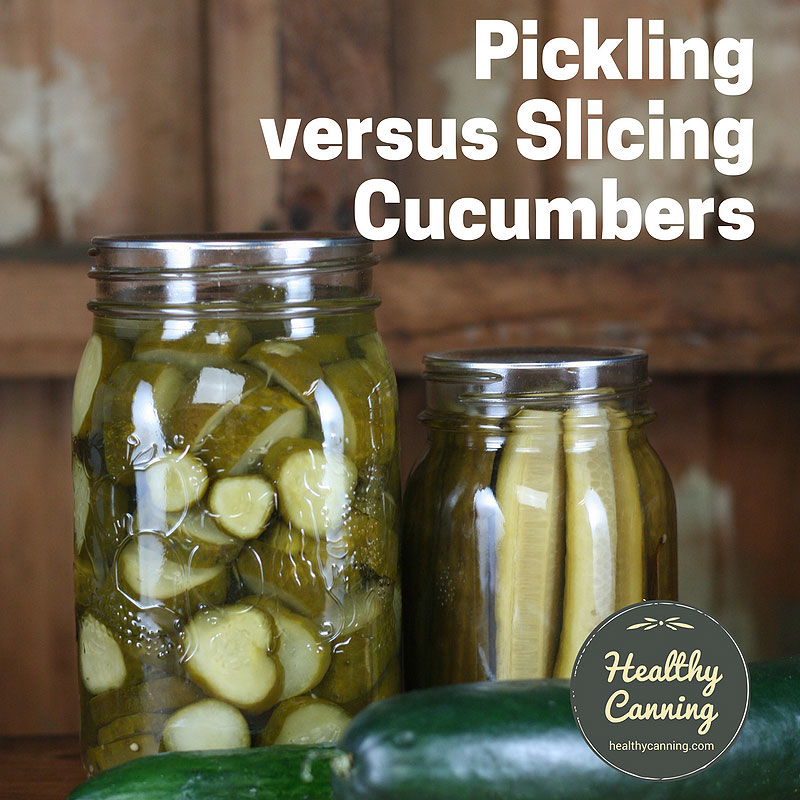
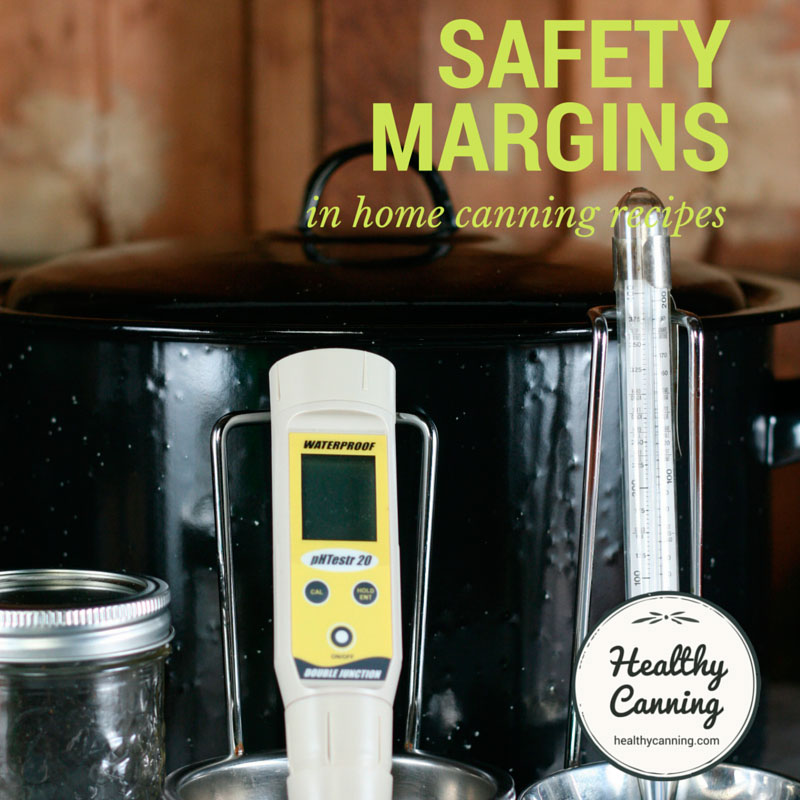
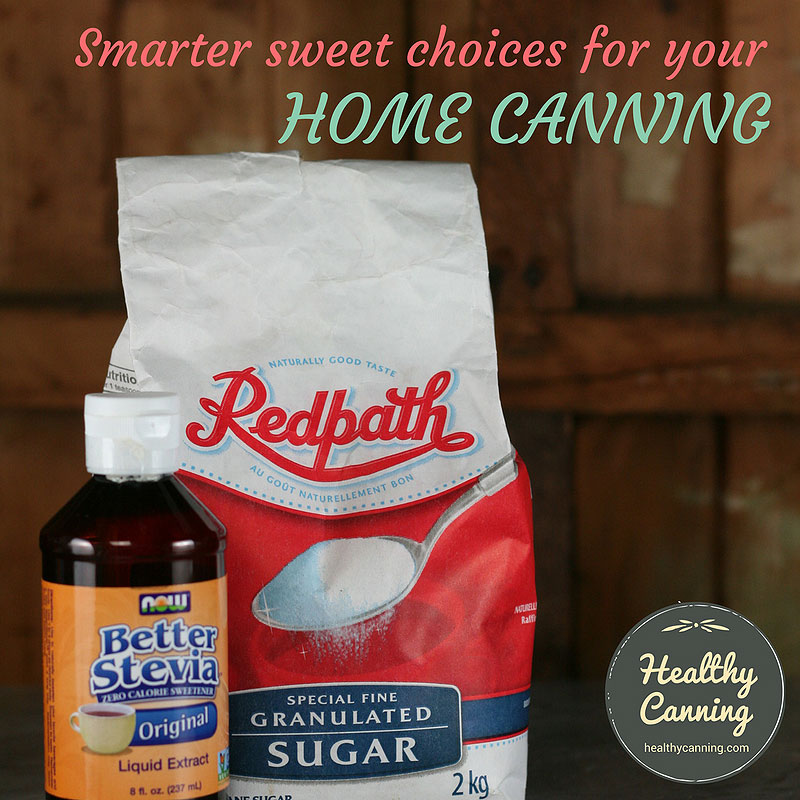
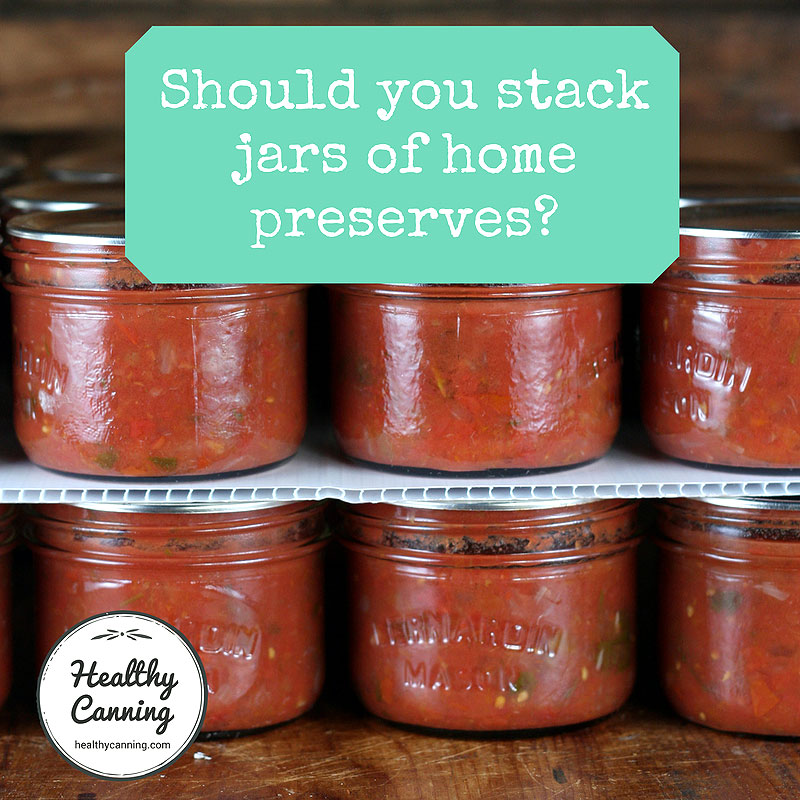
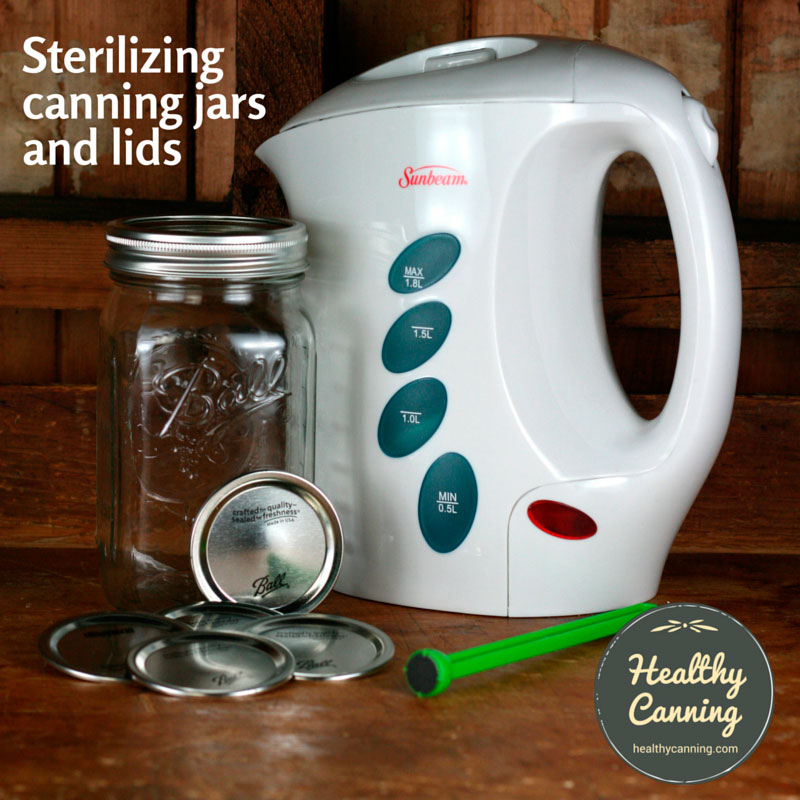
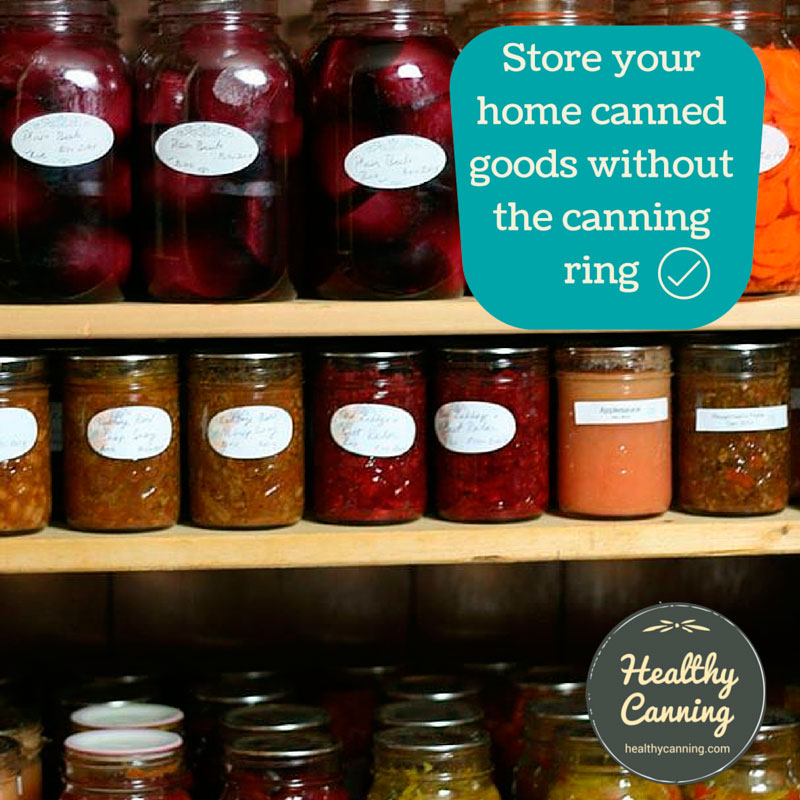
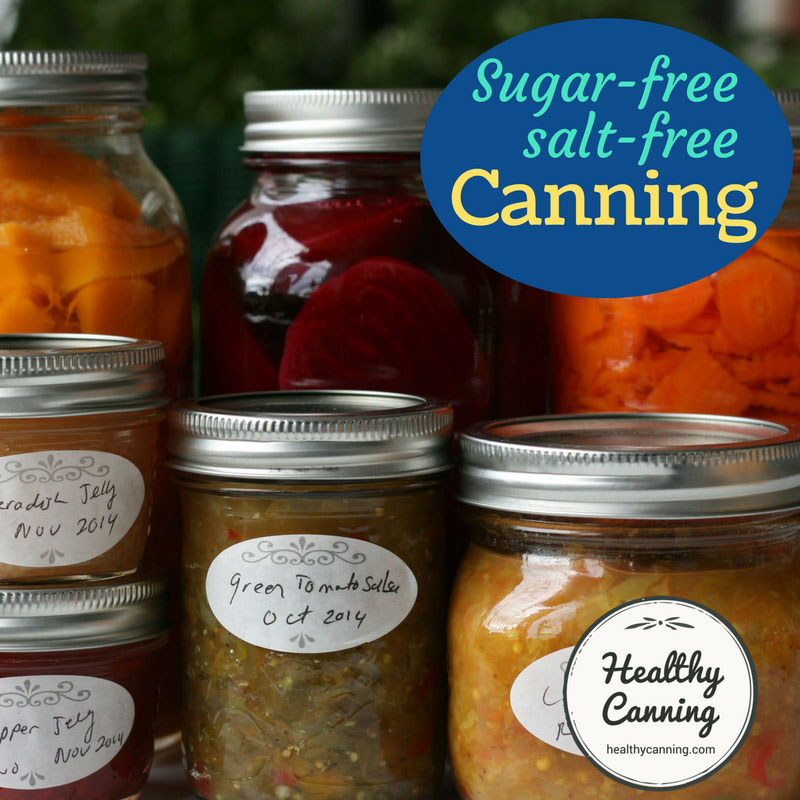
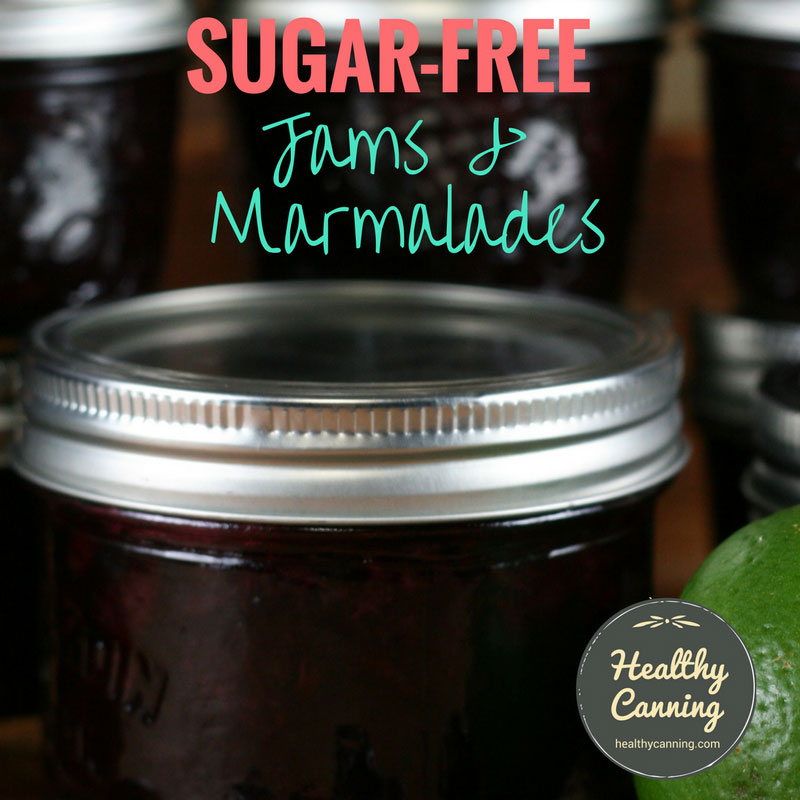
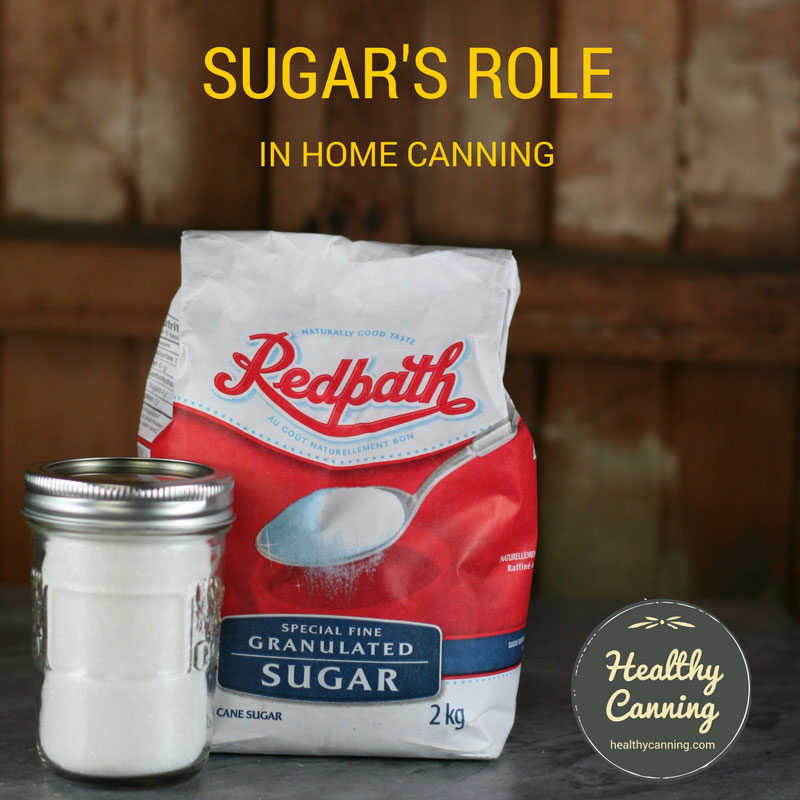
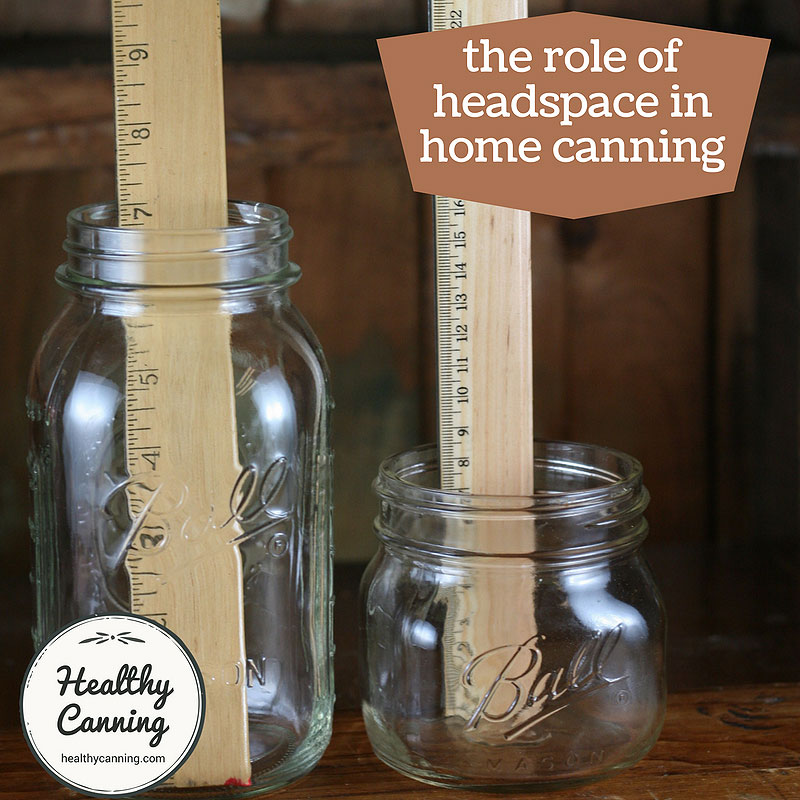
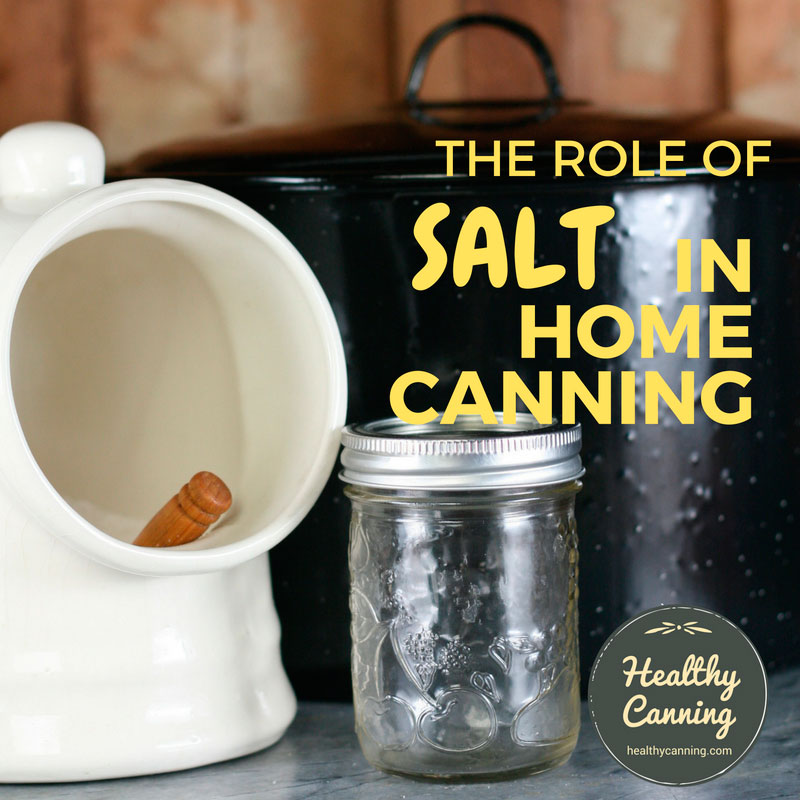
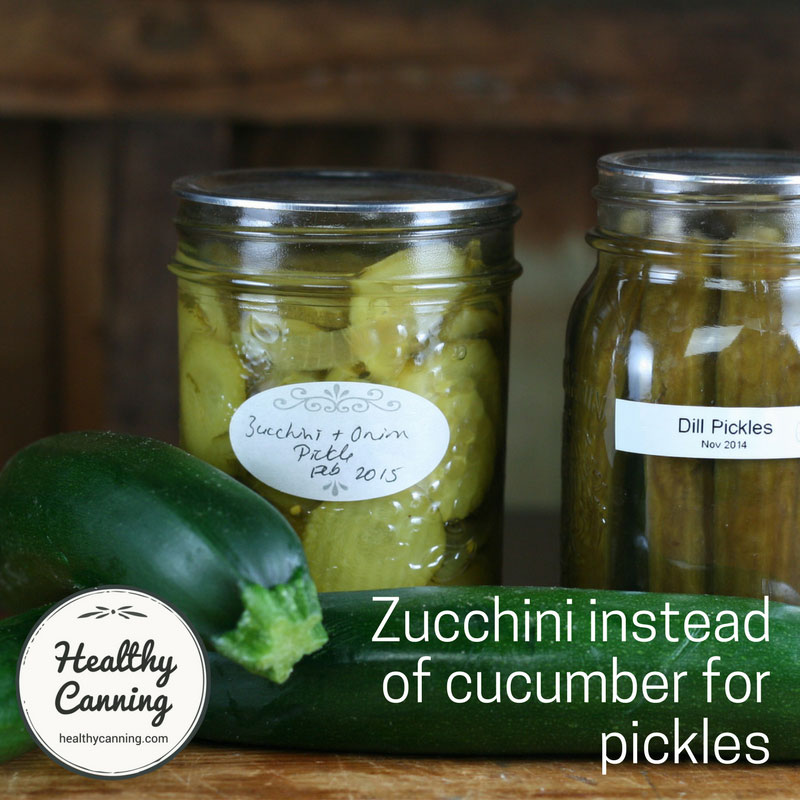
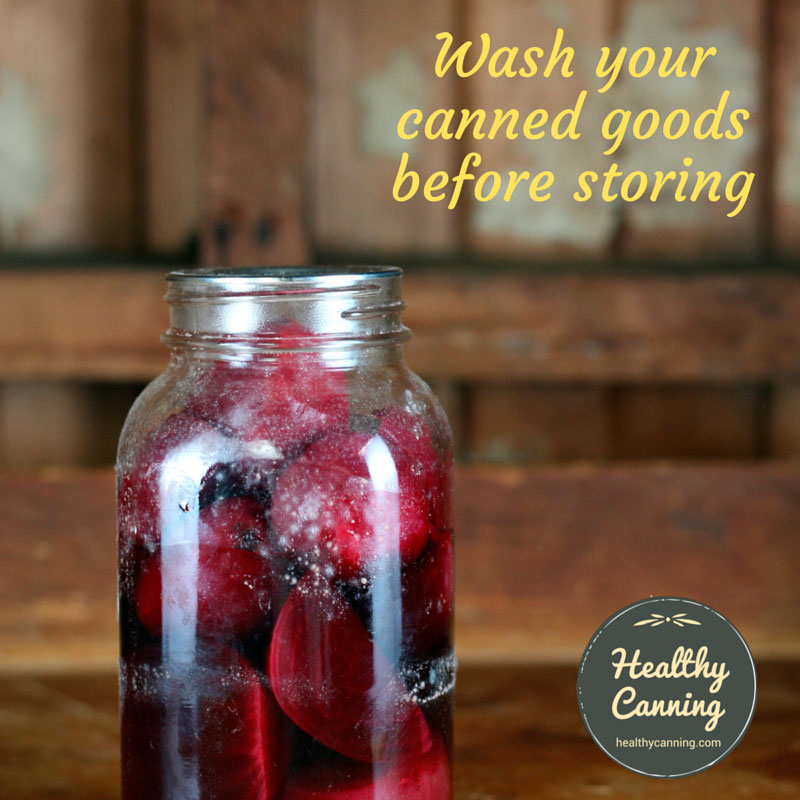

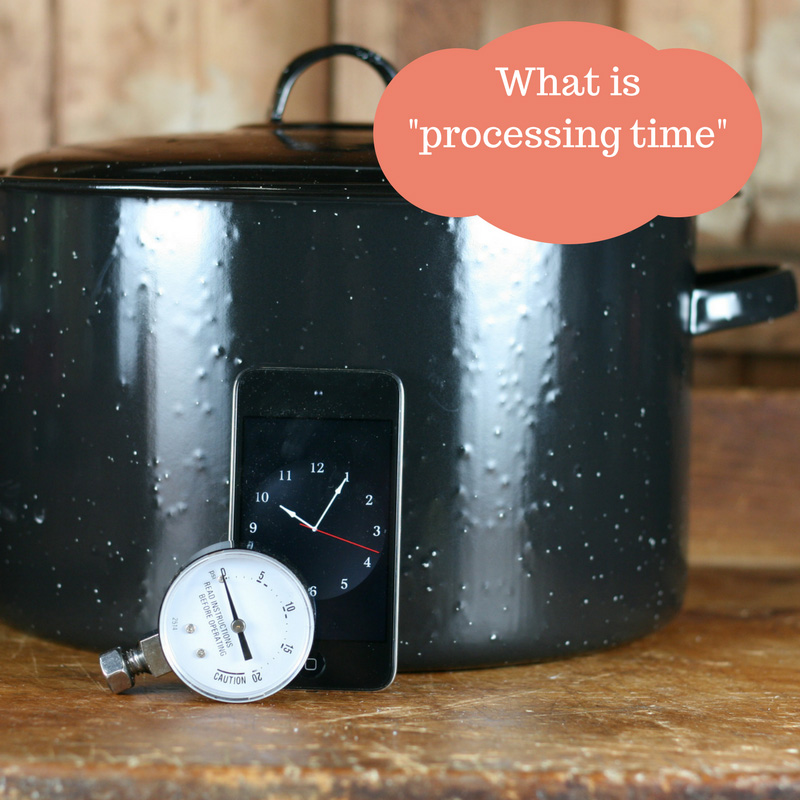
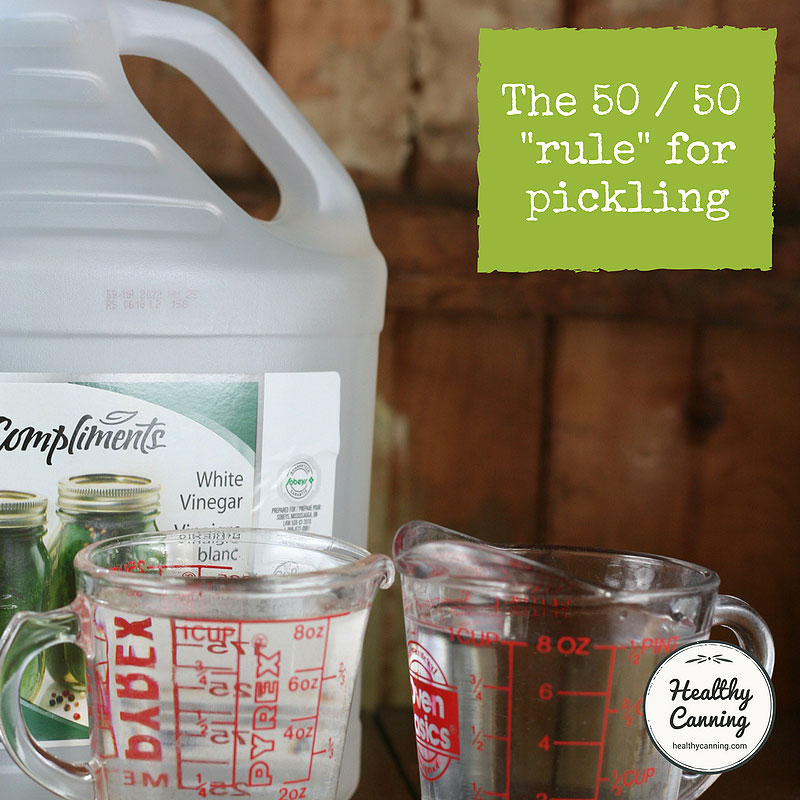
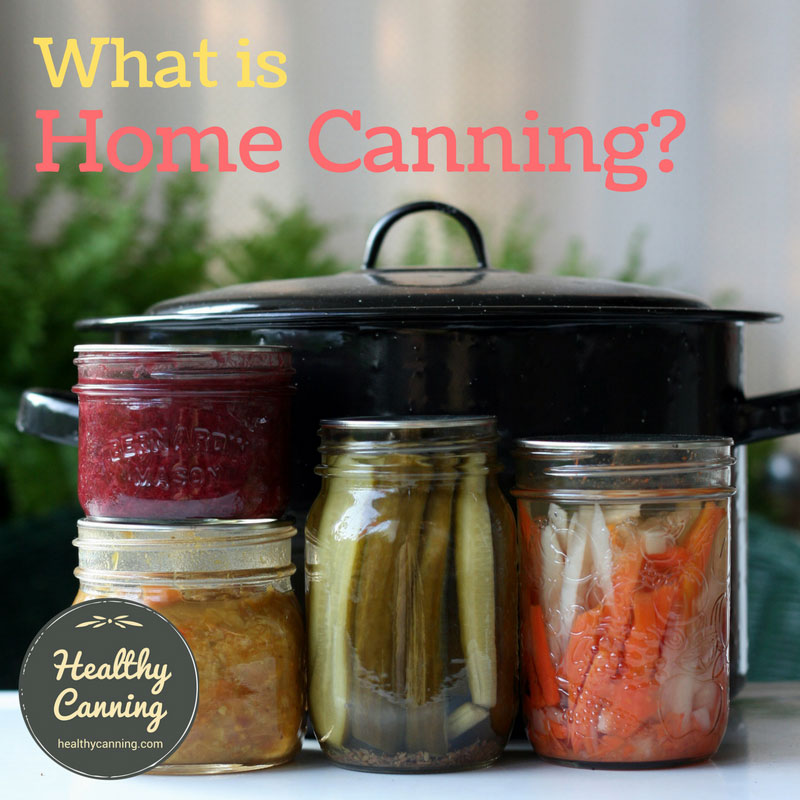
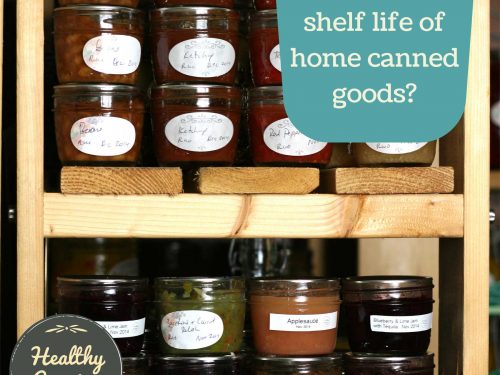
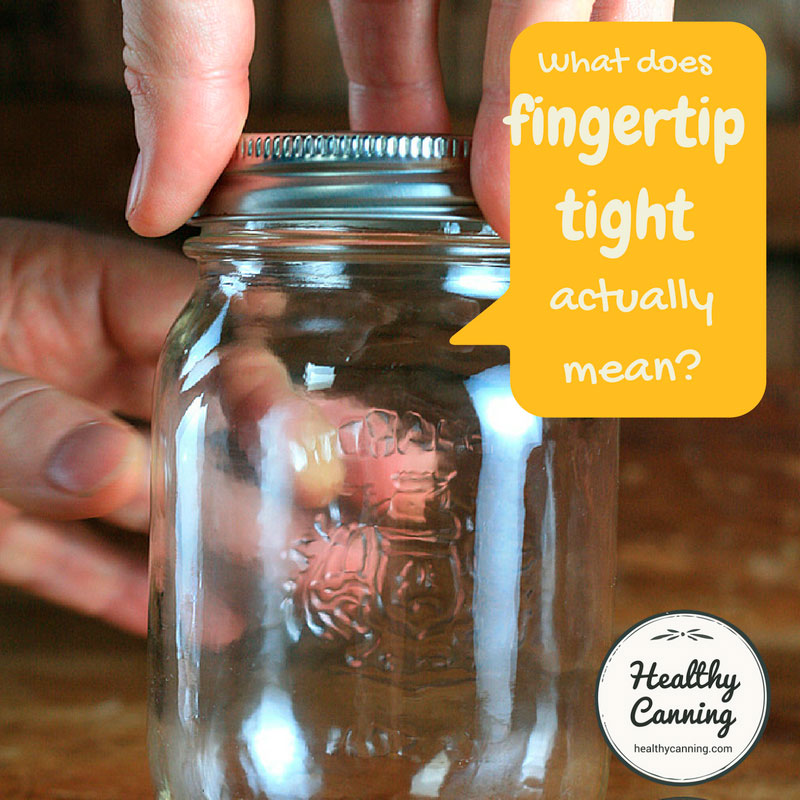
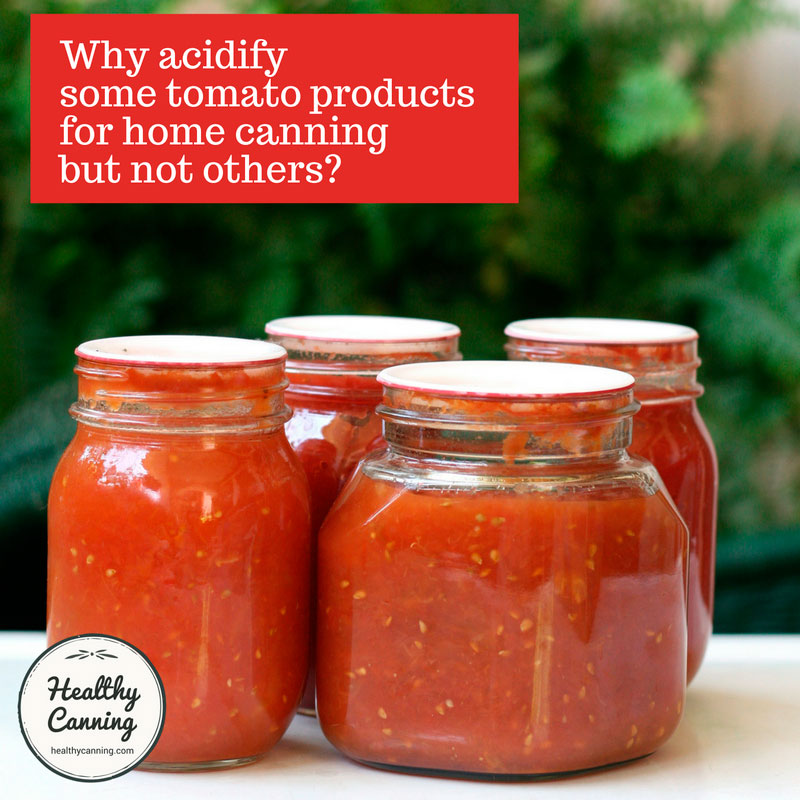

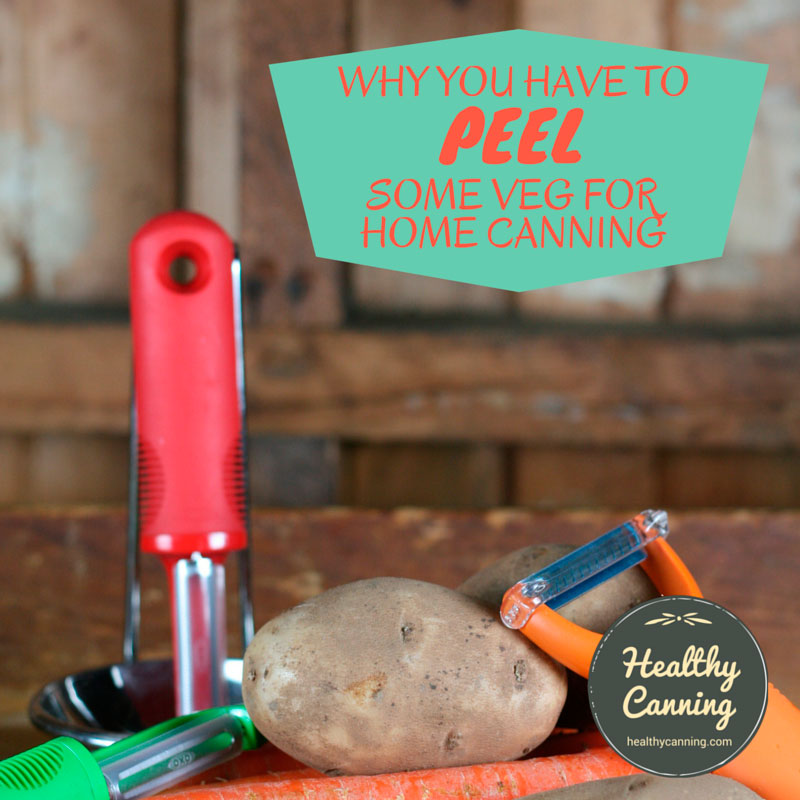
Leave a Reply